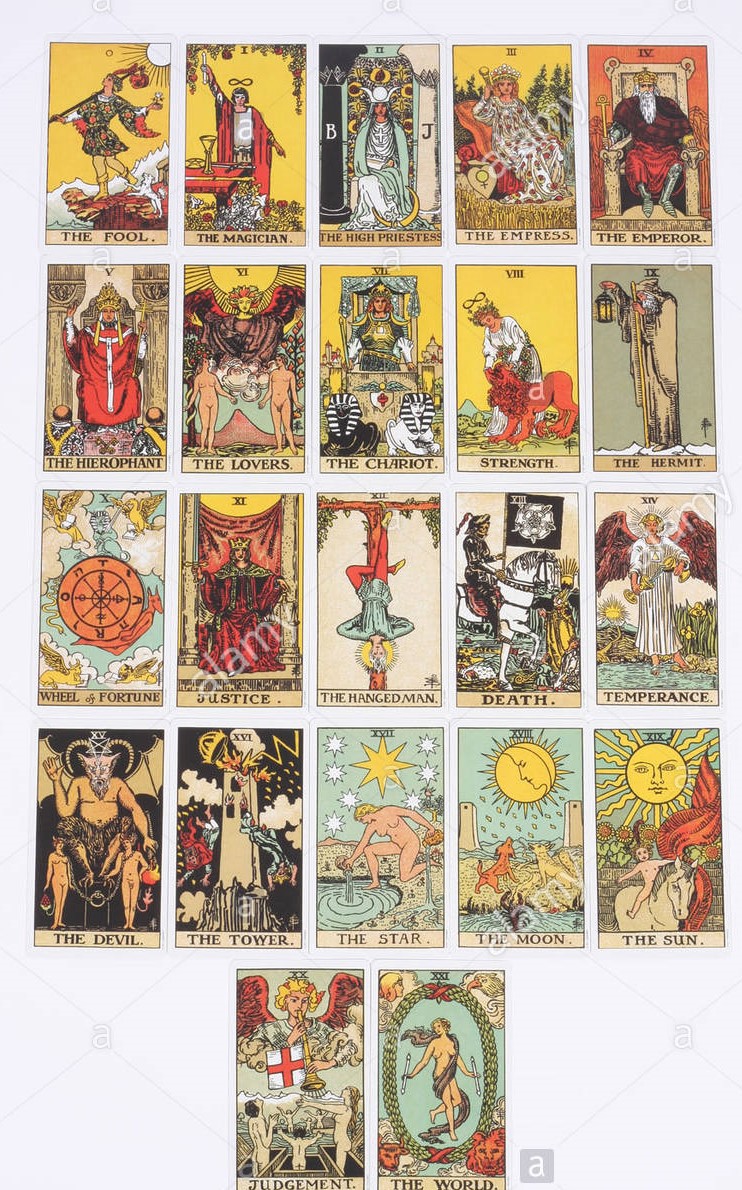
When performing magic tricks, it is important to know how to shuffle a card. This skill is essential for professional magicians. Here are four ways to shuffle. Learn one or more of them and you will soon be able to perform this trick with confidence.
Dovetail shuffle
A variation on the faro shuffle, the dovetail-shuffle is also available. The shuffle involves holding half your deck in each hands, with the thumbs facing outward. The cards are then taken out of the thumbs and placed on the table interleaved. This method is used a lot in poker.
This phenomenon was first identified by Bayer and Diaconis back in 1992. In the paper "Trailing a dovetail shuffle to its lair", they presented their proof.
Mongean shuffle
Mongean shuffle, a method used to manipulate cards, involves moving one or more cards into an alternative position on the deck. This process continues until you are asked if you would like to continue or you have completed 12 shuffles. The deck is then returned to its original order.

The right-handed shuffler begins by moving the top card from the left-hand pile to the right. The next card from the left is transferred to the bottom of the right-hand pile and so on. The process is repeated until all cards on left are shuffled.
Overhand shuffle
An overhand shuffle is a method in which you hold the deck face down, between your thumb and forefinger. After that, you will slide smaller groups of cards down to the deck and continue this process until all the cards are transferred. You can see a demonstration of an overhand shuffle in the video below. Begin by placing your right-hand over the short edges. Your index finger should rest on the upper corner of each long edge.
A more sophisticated and polished overhand shuffle is better. It is used by magicians to show "force."
Perfect riffle shuffle
You may have wondered how to properly shuffle a deck. The riffle shuffle is actually mathematical permutation. The riffle shuffle involves splitting the deck into two separate packets and then interleaving them. Basically, riffle shuffles a deck of cards so that every packet is interleaved with the previous one.
For a perfect riffle-shuffle, divide the deck in half. Then interlace the cards evenly. Then, you can begin to remove the cards from the stacks while keeping the edges overlapping. You can perform the riffle move as either an in or out-shuffle.

Hindu shuffle
The Hindu shuffle can be described as one of card magic's most basic tricks. This trick is also known as the Riffle Shuffle or the card force. It's a well-known trick among card players. It is one of best ways to shuffle cards. You can manipulate the behavior of a person using the Hindu Shuffle, even though you appear completely innocent.
This trick can be used in magic tricks all over the world. With just one move, you can quickly find the card selected by the spectator and place it in your deck. The magician begins by flipping a deck of cards side-by-side and then draws small packs of cards from each hand. Next, the magician places the deck face-down on the table and holds it with the left thumb and opposite fingers. The magician releases the deck and moves it towards their left hand.
FAQ
How do you get started with your new hobby or interest?
To start a new hobby, you must first decide what type of activity you would like to do.
After you've decided on your subject, it is important to feel passionate about it.
It is important to know the reason you want to begin a hobby. It will give you some direction and purpose.
After you have decided on the type of hobby you want to pursue, it's time to start planning.
Consider the equipment that you will need.
You should consider whether or not you will need to take classes or attend seminars.
Make sure that you have enough space in your home for your hobby.
A club or group might be something you consider. These groups offer support and advice.
Consider how much money you would have to spend on your hobby.
What are some good hobbies?
Hobby Ideas for people who love to learn and teach others.
Hobbies allow you to enjoy what you love while also learning new things.
There are many different types of hobbies, but they all have similar characteristics. They are usually enjoyable activities that don't require a lot of effort and can be very economical.
They often involve helping others, such as teaching an instrument to someone or building an airplane model.
You may not think of yourself as a teacher but there might be something you could do in order to help someone else learn.
You can make a difference in the lives of others by starting a hobby.
What are the most popular hobbies right now?
Popularity isn’t always a positive thing. Popularity can often be used to excuse mediocrity. It is a fact that most people don't have enough time to pursue hobbies they enjoy. They're too busy working to make ends met. What should you do when you don't have much time? You could start a business.
But it's not an easy task. You will need to overcome many obstacles before your idea can become a reality.
Consider pursuing a hobby if your goal is to have something more fun than running a company.
Hobbies do not have to be limited to creative pursuits. There are many types of hobbies. There are many hobbies available, including:
-
Gardening
-
Cooking
-
Photography
-
Reading
What are the chances of making money with my hobby?
Many hobbies can help you make extra money.
If your hobby is a passion, you may be able to sell related items.
A website might be a good idea if your hobby is collecting stamps.
This way, you can earn extra income without having to go through the hassle of actually buying and selling the stamps.
You could also create a YouTube channel to talk about your hobby.
This allows you share your passion and generate revenue by creating premium content.
How do I find a hobby to pursue?
You might feel as though you don't have a choice when you first start your quest for a hobby.
You're probably thinking, "I'm not very artistic," or "I'm terrible at sports," or maybe even "I don't know anything."
But the truth is, you probably already have a lot of experience to draw upon when looking for a hobby.
It's only that you don't know it yet.
Take a look around your house. How much stuff do you own?
Do you have any old toys lying around?
Perhaps you have a collection books or magazines.
Perhaps you've always wanted a career in cooking.
Or perhaps you would just like to learn how to play the guitar again.
Whatever it is, there's likely something you can turn into a hobby.
The secret is to remember that you already have plenty to draw on.
And once you do, you'll be able to pick out a hobby that fits right into your lifestyle.
Statistics
- I am 100% biologically a woman (discover.hubpages.com)
- The intensity of the dialogue partners' bond at the end of the forty-five-minute vulnerability interaction was rated as closer than the closest relationship in the lives of 30 percent of similar students. (time.com)
- The Role of the Mind in Sex, Dating, and Love: Men in the “humor” condition received phone numbers from 42.9% of the female participants and were refused 57.1% of the time. (time.com)
- 37% Video Games 36% Travel 36% Health and Fitness (quizexpo.com)
- Studies show that just six minutes of reading can reduce stress levels by 60 percent. (oberlo.com)
External Links
How To
How to begin gardening
Gardening is one of the oldest forms of agriculture. You need patience, perseverance, and determination. The first step to starting a garden is to pick a spot where you will grow food. This could be a large plot of land or even just a small area in your backyard. Next, select the kind of plants that are most appealing to you. Do you prefer vegetables, or flowers? Some people enjoy growing herbs while others love raising livestock such as rabbits. Before you decide on the type of crops you want to plant, it is important to consider the space available. If you live somewhere that has cold winters, it might be a good idea to grow berries or fruits.
Once you have chosen what you will be planting, you must take some time to prepare your soil. It is vital that your soil is prepared properly to determine whether or not your plants will thrive. Good quality soil contains organic matter that helps feed your plants' roots. Organic matter includes organic matter such as leaves, twigs or grass clippings. Once you have prepared your soil, you need to add nutrients. You might need different amounts, depending on the species of plants that you want to grow. Online fertilizer calculators can be used to determine these values. There are many fertilizers available so be sure to know what you are purchasing.
Now, wait for your seeds to germinate after you have prepared your soil and added the necessary nutrients. This process usually takes anywhere from 2 weeks to 3 months, depending on the weather and the temperature in your area. Once the seeds have sprouted you will need to water them often. Overwatering your plants can lead to problems. You should ensure that your plants get enough water at regular intervals. Avoid overwatering. Overwatering can lead to root rot and fungal diseases. Keep in mind that plants are more thirsty during summer than winter. Remember that some plants require drying out after being watered. For example, tomatoes need to stay slightly moist but not wet. They don't like to sit in soggy soil. After the plants have finished flowering they must go dormant. The time when plants stop producing new life and store energy for the next season is called dormancy. The plant ceases sending signals to its roots to produce food during dormancy. Throughout this time, plants can store energy. However, if the temperatures drop below freezing and there isn't enough sunlight, the plant will go to sleep.
You may be limited in what plants you can grow if you live in an urban area. Concrete sidewalks and roads, as well as parking lots, are common in urban areas. This blocks sunlight from reaching the ground. Concrete absorbs sunlight, which prevents the soil beneath from getting enough sun exposure. Many plants can't survive in urban environments due to lack of sunlight. There are many plants that can survive in urban environments. Many trees, shrubs, and perennials can adapt to city living. Many annuals can also be grown indoors in container gardens. You can bring greenery inside your home all year round, regardless of the weather.
Now you're ready to plant.